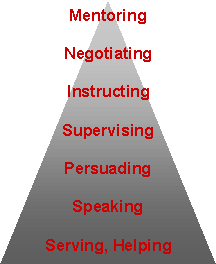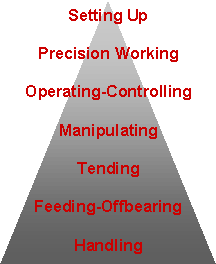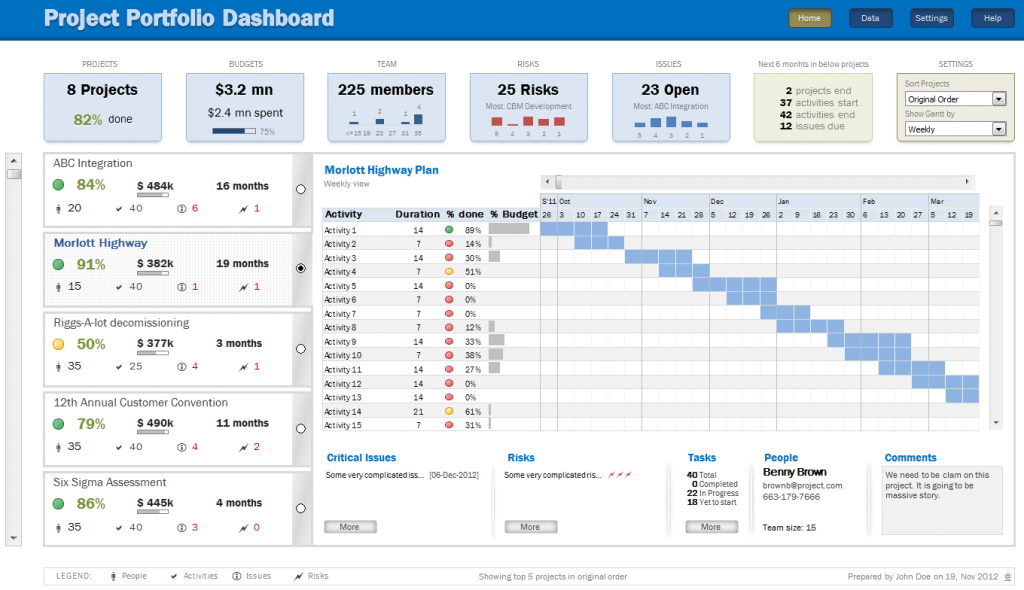Do certain personality traits or types translate into more effective project managers?
People skills

When you’re working on a project, it’s always involves teams, sets of teams, or in the very least significant interaction with a wide variety of people. Some personality traits which lend themselves to effective project management include persuading, instructing, and negotiating, among others. In essence, they can be rolled into two fundamental buckets — communication and interpersonal skills. The constant interaction with team members and interface with leadership requires a superior level of communication and ability to tailor messages depending on the audience. Additionally, while some view people skills in the form of a hierarchy, none of these elements can be effectively leveraged without some level of interpersonal skills and accompanying emotional intelligence.
Data Skills

Project managers are typically the fulcrum or pivot point for information flow. Sponsors, assigned team members, and even general stakeholders tend to rely on project managers to be the center piece of project insights. Accordingly, project managers benefit tremendously from data manipulation skills and strong data management techniques. These skills can certainly be acquired through training, education, and experience, however a natural inclination toward compiling complex data sets to identify trends is a huge asset for any PM. The foundation of data skills in the interest of optimizing PM performance starts with establishing comparisons, and funnels into the end state — synthesis or extraction of key components requiring a response.
Process / Technology Skills

In addition to working with people and data extensively, the final personality element geared to paying huge dividends to any PM includes process and technology skills. As projects have ever-ranging variance in scope, type, available spend, resources, flexibility and adaptability to new processes or technology are critical. Quickly grasping new methods or adapting to existing yet unfamiliar practices enables project manager to effectively lead and communicate throughout a given initiative. Tendencies to acclimate rapidly prove extremely valuable, and can greatly enhance any PM’s initiation, planning, execution, monitoring / controlling, and closure process group expertise.
Do you agree with the impact the aforementioned skills can have on PM’s abilities? Are there additional skills that may also provide utility?
